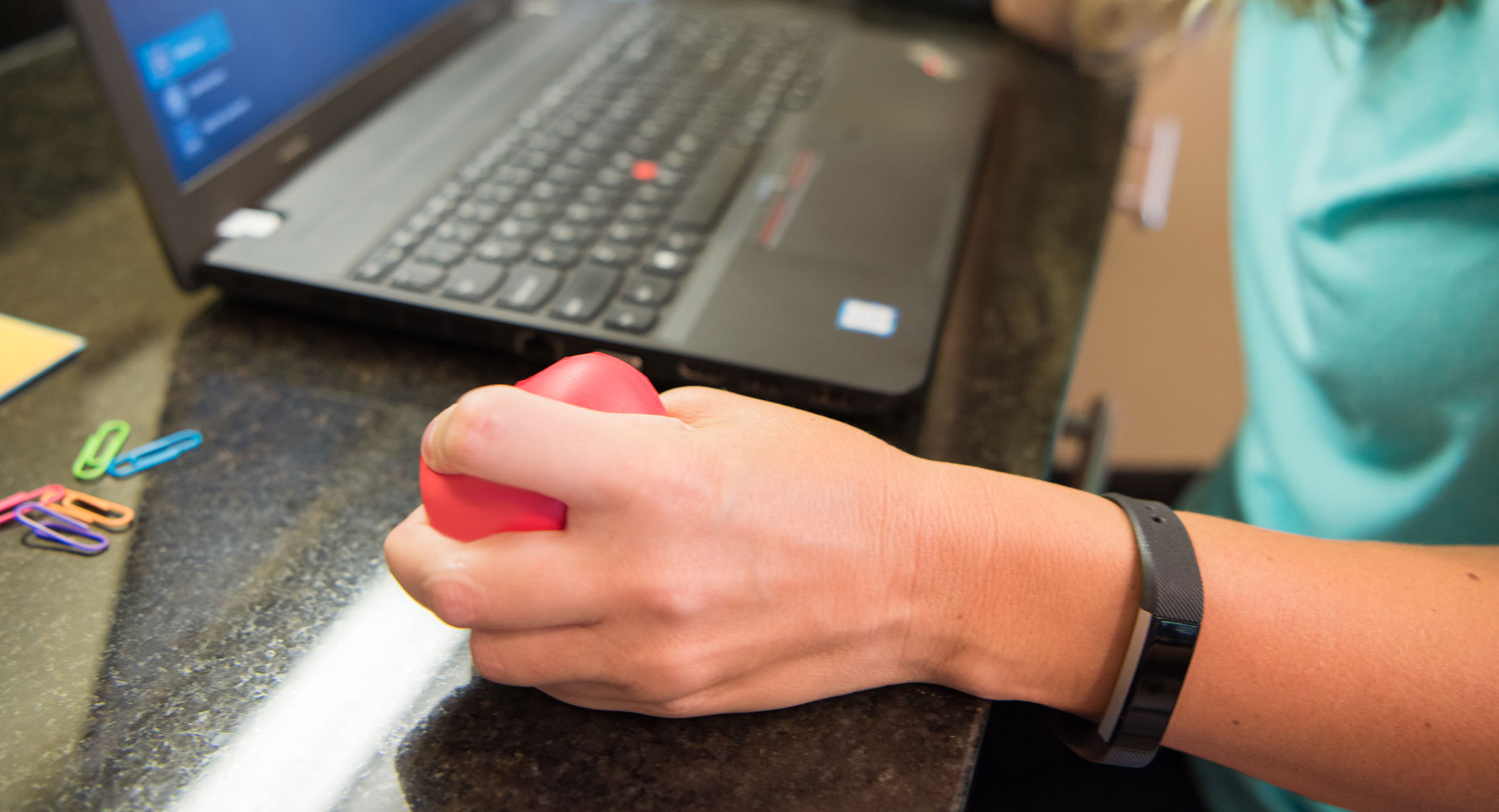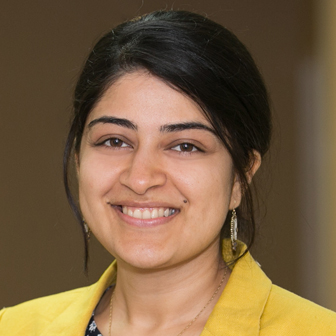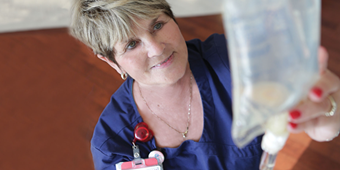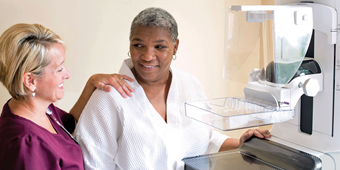Ready To Quit Smoking? Read On!

Answer a few questions and we'll provide you with a list of primary care providers that best fit your needs.
If you want to quit smoking, you won’t have to look far for plenty of resources ready to lend support and help you succeed.
But first, make sure you are fully prepared to make the change. Any lifestyle change involves many stages.
How can you know you are truly ready to take the actions necessary to successfully quit smoking? Take this commitment quiz from the Ohio Tobacco Program quit line to see if you are in the right frame of mind to quit.
The American Heart Association is on your side, reminding you that smoking is the most preventable cause of premature death in the U.S. When you stop smoking, you lower your risk for developing many chronic conditions, including atherosclerosis — the buildup of fatty substances in the arteries — which can lead to a heart attack or stroke.
Once you are ready to begin your journey to stop smoking, set aside time to talk with your doctor. The two of you can decide on the best method for you.
Your doctor can provide counseling and prescribe nicotine title=replacement therapy;healthinfo=Comparing Nicotine Replacement Methods,” such as lozenges, a patch, or nicotine gum.
Stop-Smoking Approaches That Work
About 70 percent of smokers want to quit, says the state of Ohio. But without help, only about 5 percent of people who quit smoking remain tobacco free for three to 12 months.
Research shows that the most effective programs combine counseling (either in person or over the phone) and medicine/nicotine replacement therapy. While either method is effective alone, combining the two doubles the success rate.
There’s a strong link between the intensity of counseling for smoking cessation – how often and how long sessions last – and your success rate, says the American Cancer Society. When you’re choosing a program, look for one led by a professional trained in helping people quit.
The Centers for Disease Control and Prevention says successful tobacco cessation programs will include these key components:
- Each session lasts at least 15 to 30 minutes
- There are at least four sessions
- The program lasts at least two weeks (longer is usually better)
- Coverage of FDA-approved prescriptions and over-the-counter products
- Coverage of two quit attempts per year
Find Your Smoke-Free Path
There are different roads you can take to become smoke-free. They include:
- Working with your doctor. A personalized, one-on-one counseling plan can help you manage cravings, stress, and your current medical needs and health status.
- Ohio’s Tobacco Quit Line. You can connect to this smoking cessation program online and by phone at 1-800-QUIT-NOW.
- The Tobacco Cessation Program from Premier Community Health. This comprehensive, free program is a three-week series of one-on-one sessions with a Certified Tobacco Treatment Specialist and includes tools that help you quit smoking for good. Call CareFinders at 1-866-608-3463 to register.
- The Tobacco Cessation Program at the Dayton VA Medical Center. This program for veterans combines guidance from a primary care doctor with medicine and weekly support group meetings.
Once you’ve mapped out your stop-smoking plan, talk with your doctor or pharmacist about any medicines you take. Nicotine affects how some drugs work, so you might need to make some changes after you quit.
Set Up Your Support System
As you prepare to quit, tell as many friends and family as you can about your plan. Their understanding and support as you go through this journey.”
If you take smoke breaks at work or regularly smoke with a friend, ask co-workers and friends to quit with you. Change can be easier when you tackle it with someone else.
Now you are ready to set a quit date and commit to it. You can set yourself up for success by taking these actions ahead of time:
- Remove all cigarettes, ash trays, and other reminders of smoking from you home
- Plan ahead for cravings by keeping healthy snacks close at hand
- Get a stress ball or Silly Putty® to keep your hands busy
- Begin a new exercise program. Exercise can speed up your body’s self-repair process and it causes your brain to release dopamine, a hormone associated with reward-motivated behavior like smoking.
Be prepared to feel the urge to smoke. And remember the urge will pass whether you smoke or not. Try these four steps to overcome cravings:
- Delay for 10 minutes. Repeat as needed.
- Deep breathe. Close your eyes and take deep breaths while you imagine your lungs filling with fresh clean air.
- Drink water. Slowly drink a glass of water sip by sip.
- Do something else. Change what you’re doing. Get up and move around.
Smoking is the most preventable cause of premature death in the U.S.
4 Tips To Quit For Good
You might slip and smoke a cigarette or use tobacco once or twice – or more – as you try to quit. Don’t get discouraged. Learn from the experience, make note of what prompted you to smoke and get back on your plan.
You may even need to quit more than once before you succeed in kicking the smoking habit. That’s OK, too.
To help yourself quit for good, try the following:
- Get support. Lean on your family, your counseling program, or other people who have quit. The more support you get, the more likely you will quit for good.
- Avoid temptations. Avoid those times, people, places, or things that make you want to smoke.
- Create new habits. Look for activities that you can’t possibly do while smoking. Do things that keep your hands busy like gardening or knitting. Try a new exercise such as swimming or yoga.
- Keep busy. Keep your day filled with many activities and very little down time to keep your mind off of wanting to smoke.
Remember that you are only human. If you slip or have a set-back, it’s important not to feel like you failed at quitting. Just get back on track as soon as you can. Your lungs, heart, and health will thank you.
Answer a few questions and we'll provide you with a list of primary care providers that best fit your needs.
Source: American Cancer Society; American Heart Association; Centers for Disease Control and Prevention; Ohio.gov; Ohio Tobacco Program Quit Line; Dayton VA Medical Center; Planning to Quit Smoking





